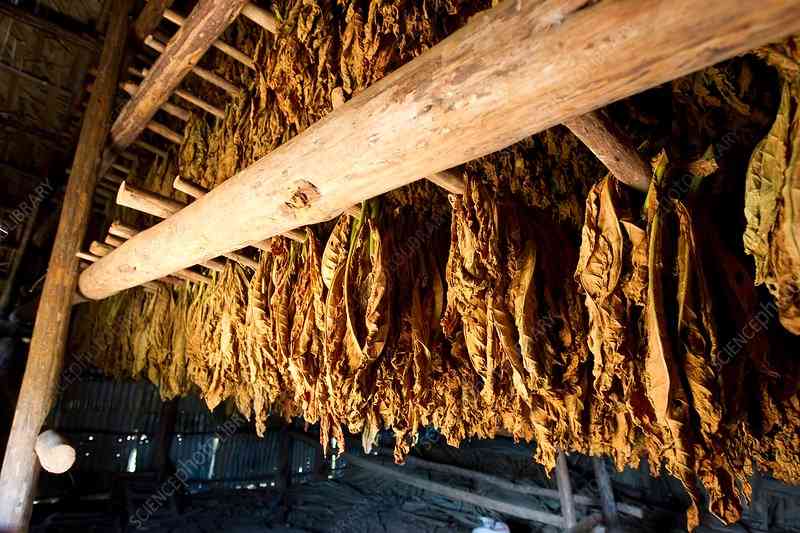
THE Tobacco Industry and Marketing Board (TIMB) has launched a nationwide fire prevention campaign to protect fast-growing tree woodlots used in tobacco curing as Zimbabwe enters the 2025 fire season.
Tobacco curing involves drying harvested leaves using controlled heat over several days.
In Zimbabwe, especially among smallholder farmers, firewood is the primary fuel for this process. The board’s nationwide fire prevention campaign signals a proactive effort to protect the fast-growing tree woodlots that are critical for supplying firewood in tobacco curing. The process is heavily reliant on wood fuel, particularly among smallholder farmers.
These woodlots, often planted with species like eucalyptus, are part of broader afforestation efforts aimed at curbing deforestation caused by tobacco production.
The campaign reflects mounting concern over veld fires threatening these essential resources, which, if destroyed, could undermine tobacco output and environmental sustainability.
The campaign began on May 30 in Mvurwi, Mashonaland Central, and will be rolled out across all four major tobacco-growing provinces, Manicaland and the Mashonaland provinces.
“The aim is to reduce the growing threat of veld fires, which pose a serious risk to the country’s afforestation initiatives,” TIMB said.
Led by the board’s sustainability unit and environmental, social and governance officers, the campaign includes practical training sessions on fire preparedness, fuel load assessments, firebreak inspections and early fire detection strategies.
- Mlalazi chronicles his rags-to-riches story
- Mlalazi returns to roots with a free concert
- Govt opens ChiTown e-passport centre
- Border Timbers targets European markets
Keep Reading
Tobacco farmers and local communities are being equipped with tools to prevent and respond to fire hazards.
The campaign follows the official launch of the 2025 fire season on May 8, held under the theme, Prevent Veld Fires – Protect Our Environment.
The board warned that although the industry has made progress in establishing fast-growing woodlots to ease pressure on indigenous forests, the flammable nature of these tree species requires urgent and sustained fire prevention measures.
“Our afforestation gains must be protected if we are to realise a greener and more resilient tobacco industry,” TIMB acting chief executive officer Emmanuel Matsvaire said.
“It’s not enough to plant trees; we must ensure they survive, and that means taking veld fire management seriously.”
TIMB reported that the fire prevention initiative is aligned with the Tobacco Value Chain Transformation Plan and National Development Strategy 1.
The board is also participating in the Diplomatic Green Legacy Tree Planting Programme, which promotes the planting of fast-growing, indigenous and fruit-bearing trees across tobacco-growing regions.
Beyond environmental goals, TIMB noted that afforestation efforts are improving rural livelihoods by offering alternative income streams and enhancing biodiversity.
The board reaffirmed its commitment to climate-smart agriculture and rural resilience.
“With the fire season now upon us, we urge all growers to maintain fireguards, clear dry grass and biomass, and prepare community response systems,” Matsvaire said.
“Each woodlot represents not only a source of fuel but an investment in the future of both individual farmers and the economy.”
Efforts to protect tobacco curing come as tobacco export earnings hit US$338,32 million as of May 9, driven by a near 8% increase in the average export price to US$6,20 per kilogramme.










